Solution
Informatization·Smart·Intelligence·Integration
The total solution of Wantai BioPharm district Inspection Center is to build an information-based, intelligent, smart, and integrated regional inspection platform through digital management, break down inter hospital barriers, unify technical standards, optimize the allocation and efficient utilization of medical resources in the region, and provide comprehensive quality assurance and efficiency improvement for the regional medical and health system.
Homogenized medical services
Standardized testing procedures and quality control systems ensure that medical institutions at all levels in the region provide equal quality testing services, allowing patients to receive reliable diagnoses in any hospital.
Mutual recognition and sharing of results
The test results are mutually recognized and shared among medical institutions within the region to avoid duplicate examinations, reduce patient burden, enhance medical experience, and promote rational allocation of medical resources.
Complementary mutual assistance and cooperation
Build a hierarchical collaboration system among hospitals at all levels, with higher-level hospitals providing technical support and training, and grassroots medical institutions providing extensive coverage to achieve shared medical resources and complementary advantages.
Medical Quality Coordination
Regional unified quality management system, centralized monitoring and analysis of quality control data, timely detection and resolution of quality problems, ensuring continuous improvement of regional inspection quality.
Regional integration solution
Build a multi-level interconnected system with regional inspection as the core to achieve collaborative sharing of medical resources across the entire region
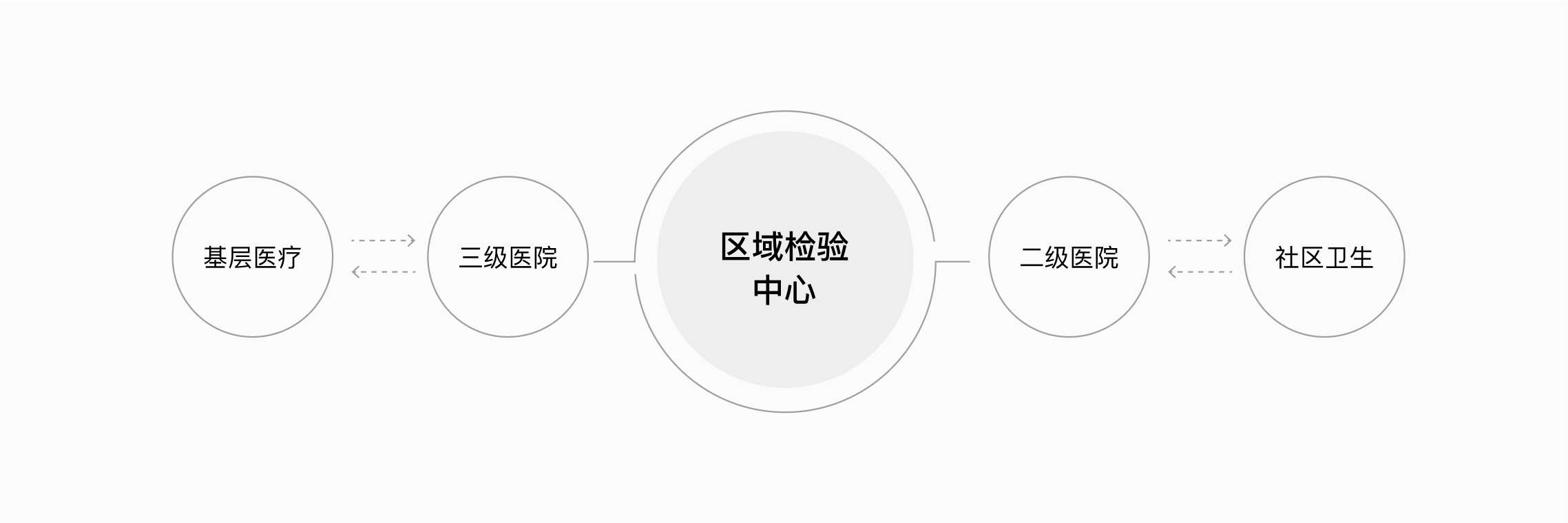

Information platform
Build a regional inspection information system to achieve unified management, storage, and retrieval of patient inspection data, break down data barriers between medical institutions at all levels, and provide continuous health records for patients.
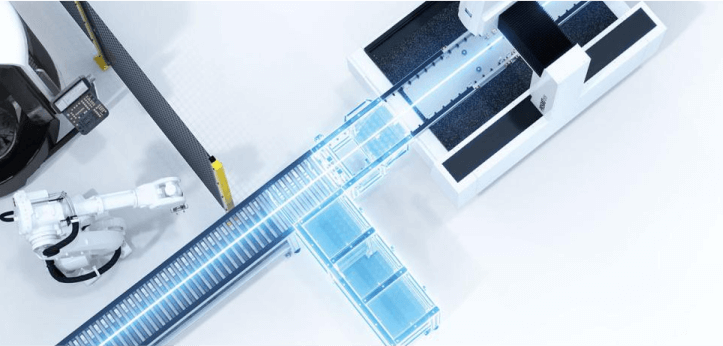
Intelligent process
The intelligent sample collection, transportation, testing, and reporting process ensures full traceability of samples and reduces human errors through technologies such as barcode recognition, automatic sorting, and process tracking.
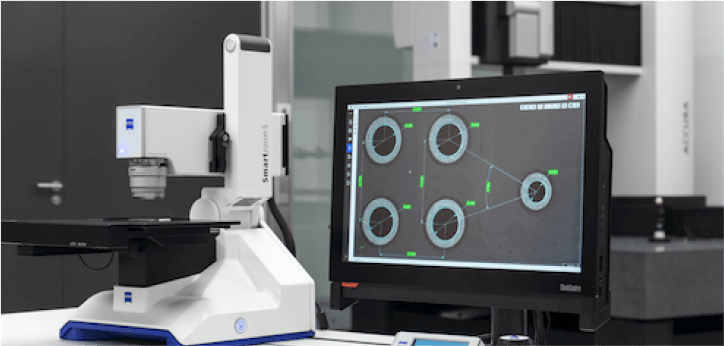
Standardized quality control
A regionally unified quality control system, including standardization of instrument and equipment calibration tests, evaluation of result consistency, etc., ensures the accuracy and comparability of inspection results, and supports mutual recognition of results within the region.

Remote consultation
Remote case discussion and testing consultation system, sharing of expert resources within the region, allowing grassroots medical institutions to receive support and guidance from higher-level experts at any time, improving overall diagnostic capabilities.
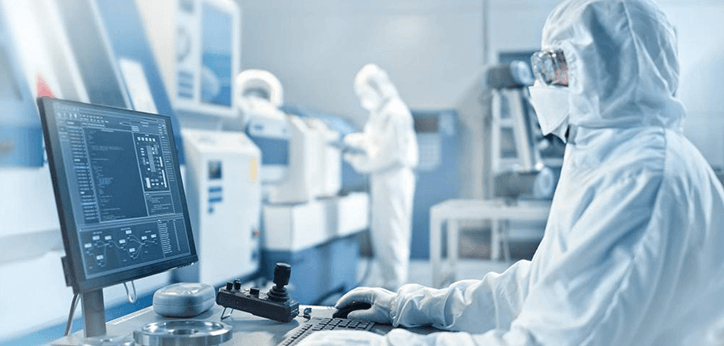
Big Data Analysis
The regional inspection big data analysis platform monitors disease changes in real time, assists in disease warning, provides data support for public health decision-making, and assists in precision medicine and regional health management.
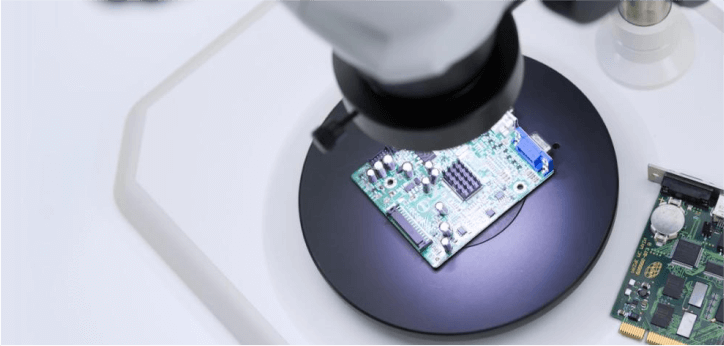
Resource scheduling
The intelligent resource scheduling system optimizes sample allocation and processing based on the testing needs and capabilities of various medical institutions, improves overall processing efficiency, reduces resource waste, and lowers regional medical costs.
Three pillar systems
Building the core competitiveness of regional inspection centers through technological standardization, information systematization, and quality homogenization
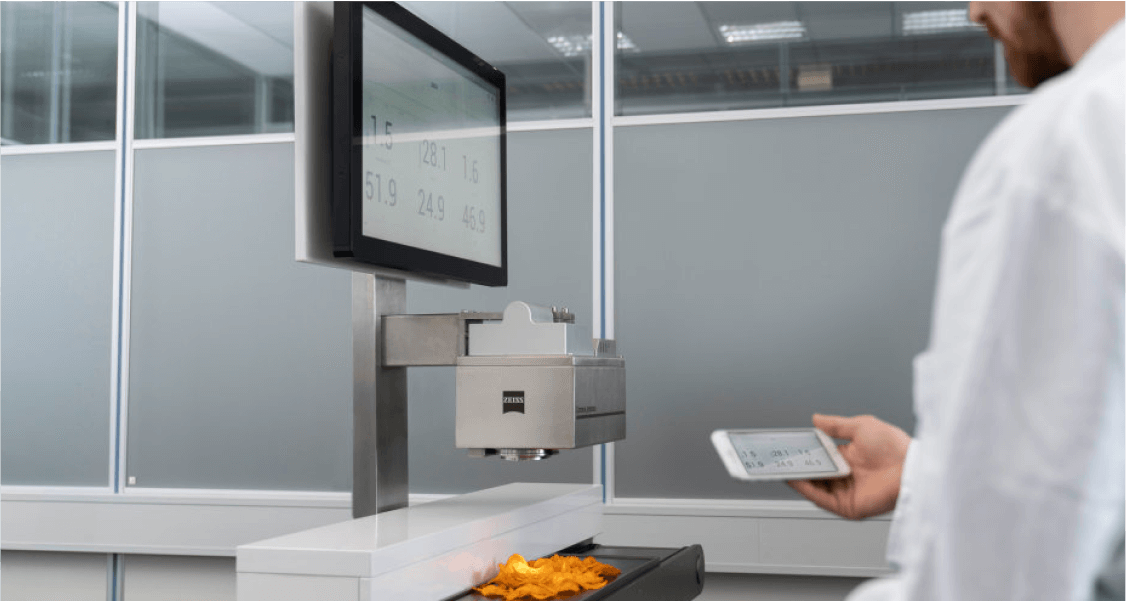
Technical Standardization System
Unified regional inspection technical specifications and standards
- Unified inspection parameter directory and coding, building a regional inspection parameter system
- Standardize inspection methods and operating procedures to ensure consistency in the inspection process
- Unified reference range and critical value to avoid differences in interpretation of results
- Standardize the selection criteria for testing equipment and tests to improve system compatibility
- Standardized report format and result interpretation to enhance clinical application value

Information systematization platform
Building a regional inspection information interconnection system
- Regional Inspection Information Management System (LIMS) to achieve unified management of inspection data
- Integration of regional electronic medical records and health record systems to achieve data sharing in laboratory testing
- Patient testing data lifelong tracking system, providing longitudinal health data analysis
- Data security exchange standards between medical institutions to ensure data security and privacy
- Intelligent report push and query system, convenient for medical staff and patients to access
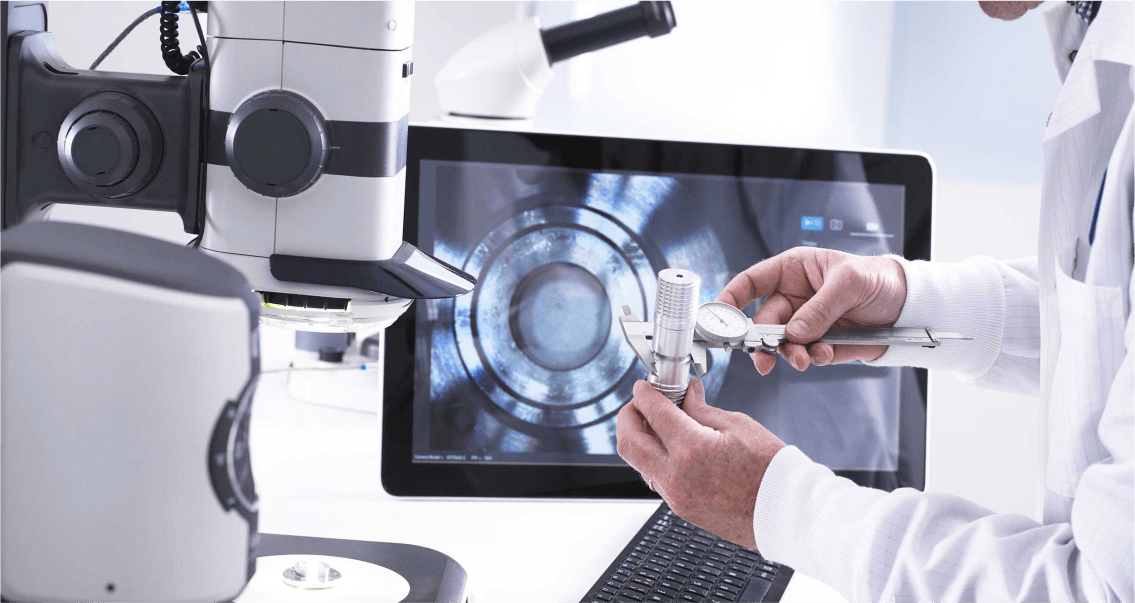
Quality homogenization system
Ensure consistency of inspection quality within the region
- Regional unified internal quality control system ensures daily inspection quality
- Regional laboratory comparison and capability verification, evaluation and testing consistency
- Quality monitoring and early warning system, timely detection and correction of quality problems
- Regional standard materials and calibration standards are shared to ensure measurement traceability
- Regional inspection quality evaluation system to promote continuous quality improvement
Multi party value system
Create comprehensive value for medical institutions, patients, and regional healthcare systems
Value to medical institutions
Construction of tuberculosis free communities
30%
Improve inspection efficiency
200%
Improvement of medical quality
25%
- Improving the capacity of grassroots hospitals and obtaining higher-level laboratory technology support
- Regional resource integration, reducing redundant construction, optimizing the efficiency of fund utilization
- Sharing of inspection professionals to enhance the overall inspection level of the region
Value to Patient and Social
Reduce repetitive checks
80%
Shortened diagnosis time
60%
Improved patient satisfaction
85%
- Obtain high-quality inspection services nearby to reduce transportation costs and time
- Mutual recognition of test results to avoid duplicate checks and reduce medical burden
- Whole life cycle health data management to improve disease prevention effectiveness

ESGESG